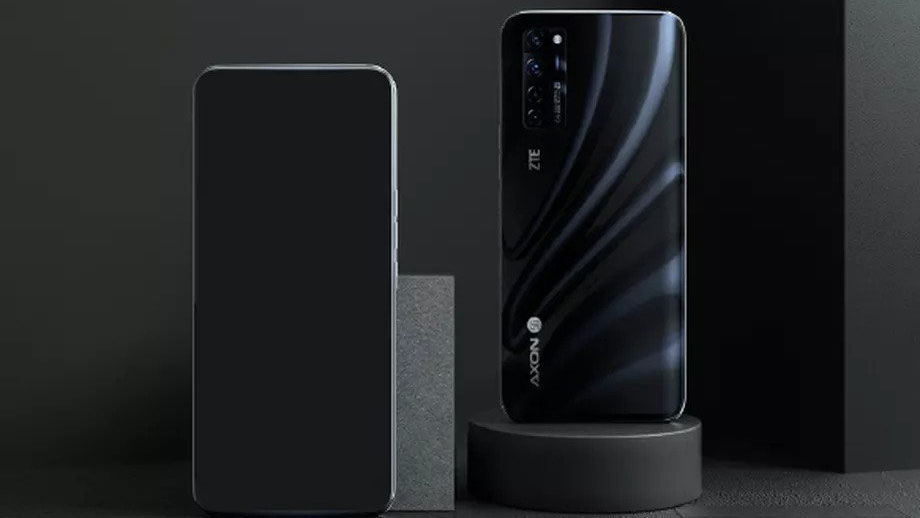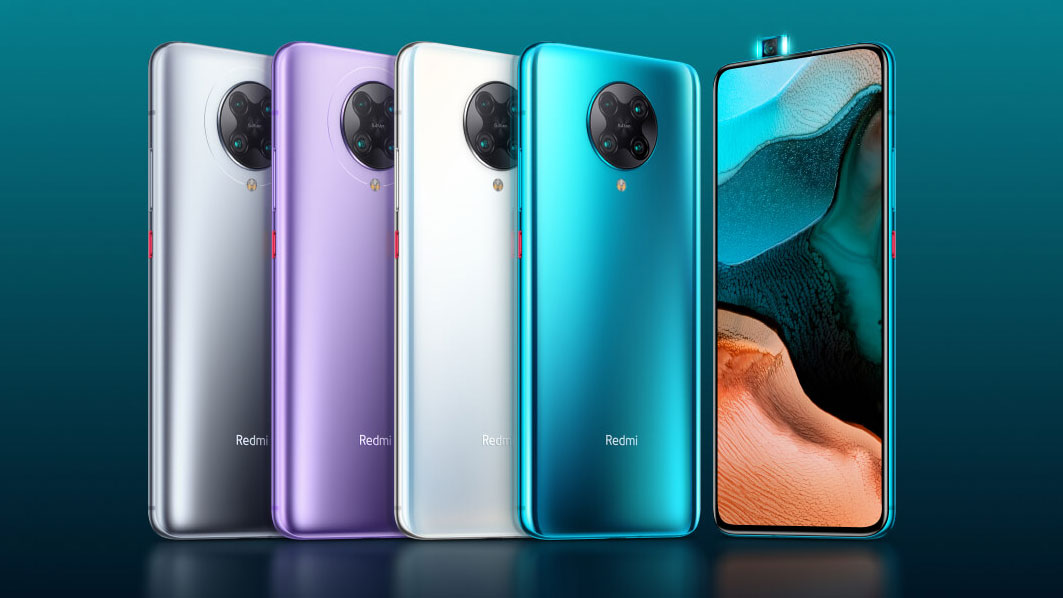5 of the best Android phones you can’t actually buy
Cast your mind back, if you will, to around a decade ago. Lady Gaga was dominating the charts, an unpronounceable volcano in Iceland ruined thousands of travel plans, and anyone that whipped out a 5-inch phablet at a pub was ridiculed for carrying a brick in their pocket.
Oh, how times have changed. Ten years on (and a global pandemic aside) giant, slim slabs of pocketable glass have become the norm. Quadruple cameras, insanely fast charging, powerful processors and more are all commonplace in the spread of any smartphone peddler’s stall.
Still, there are a few things that remain elusive. China and other Far East markets, for example, still has a few exclusive handsets that the rest of us in the US, UK and Australia can only covet from afar (or ship across the world at added expense, before traversing the desk of an inquisitive customs officer).
We've taken a look at a variety of those handsets, and here are five of the best smartphones you can’t actually buy right now.
Xiaomi Mi 10 Ultra

Simply put, the Xiaomi Mi 10 Ultra looks to be one of the best phones ever made, and quite possibly the most powerful, fully-featured handset in the world right now.
Forged to celebrate the company’s tenth anniversary, the Mi 10 Ultra is a spec fiend’s ultimate dream, with a 6.67-inch 120Hz display, an incredibly well-reviewed quad-camera setup, Qualcomm’s beastly Snapdragon 865 processor, a beefy graphene-enhanced 4,500mAh battery (with offensively-quick 120W fast charging and an even more insane 50W wireless fast charging feature).
That’s all without mentioning the sexy transparent back which tantalizes circuit aficionados with a cheeky peek at the components within. Having enjoyed its China-only launch, the rest of the world is understandably rather upset, and there’s already a petition signed by over a thousand thirsty gadgeteers looking for a Mi 10 Ultra of their very own.
Will Xiaomi answer their prayers? The cynical side of us that believes a wider launch was always planned following a play-hard-to-get strategy, says yes.
ZTE Axon 20 5G

ZTE might be in the same US-sanctioned hot water as its Chinese brother Huawei, but that hasn’t stopped the company from pushing the boat out by announcing the world’s first handset featuring an under-display selfie camera.
The ZTE Axon 20 5G, to give it its full tongue-twisting moniker, has the potential to be a veritable godsend for selfie fans that loathe notches, pinholes, cut-outs and pop-up cameras. Thanks to some clever screen tech, the lens is totally hidden, resting stealthily underneath the display itself, making for a clean, uninterrupted look.
Oppo and Xiaomi have already shown off their prototype versions of a similar sub-screen setup, but the Axon 20 5G was the first commercial release of the swanky tech, when it launched in China.
As for those of us hankering for a more minimal smartphone facade? We’ll have to wait and see, but we’d bet big bucks on similar stealthy selfie cam tech becoming the norm in all flagships over the next year or so.
Oppo’s portless smartphone

Oppo’s mysterious, unnamed prototype shows no signs of going on sale (yet), but it’s made this list purely for its extreme phobia of holes, ports and recesses in general.
That’s right, this is a smartphone that has no charging port, no buttons, no visible speakers, and no notches, cut-outs or any other unsightly line-breaking features.
Designed for purists, an under-display selfie cam and capacitive sensors for the volume buttons are just some of the innovations used to keep things tidy. Wireless charging takes care of, well, charging, and this particular model can handle 30W for speedy battery rejuvenation.
There’s still a visible cutout for the main cameras on the rear, but it’s flush to help maintain the smooth pebble aesthetic. Throw in its e-SIM for good measure and we can confidently say that this is the smoothest phone we’ve ever laid hands on.
Expect to see some or all of these innovations trickle their way down into the next generation of handsets.
Realme X7

The Realme X7 series might not pack in the bleeding edge specs of powerful flagships like the Mi 10 Ultra, but this China-only handset has made the list for it’s crazy looks alone.
Launching in a two-tone eye-searing color which we’ve dubbed ‘Gen Z Floss’, it’s certainly a head-turner, and we quite like the look of the bright blue/pink gradient.
While it’s always hard to get a proper feel for the finish of a handset from photos alone, its bright color scheme would be very welcome in the miserable grey drizzle of another UK Winter. Where it might fall a little flat for some, however, is the fact that it has Realme’s ‘DARE TO LEAP’ tagline emblazoned across it like a giant, garish Supreme logo.
Still, style is subjective, and we’re sure there are plenty of people in the West that would love to stand out with such a bold design choice. Sadly, they’ll have to resort to a homemade paint job for the time being.
Xiaomi Redmi K30 Ultra

Xiaomi has made this list twice, and with good reason. While the Mi 10 Ultra won us over with its bonkers spec sheet, the Redmi K30 Ultra stands out from the crowd with its innovative cooling system.
Yes, a cooling system. On a phone. Welcome to 2020.
Peel off the back, if you’re brave enough, and you’ll be treated to a gigantic copper vapor chamber cooling system, designed to wick heat away from the Mediatek Dimensity 1000+ powered processor within.
Elsewhere, things remain fairly vanilla (for a flagship), with a 4,500mAh battery, quad-core camera, 120Hz screen and 33W charging.
While this isn’t the first handset to feature vapor cooling tech (Razer, Samsung and LG have all partaken in the fight against heat), it is the latest, and would be an ideal choice for on-the-go gamers looking to boost their CoD kill/death ratio without dropping precious frames.
from TechRadar - All the latest technology news https://ift.tt/3lRsJpU

Comments
Post a Comment